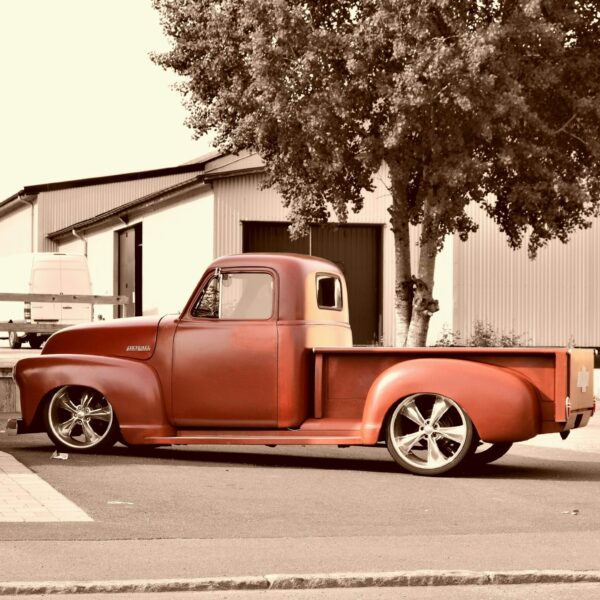Car Suspension Explained for Automotive Beginners
One part of your vehicle that you probably give little thought to is the car suspension system. It’s a low-maintenance part of the vehicle and doesn’t require a lot of repairs. However, it has a tough job to do. Your suspension provides a smooth and stable ride, keeping you safe all those miles. It’s important to understand this component and take care of it.
What does suspension do for a car?
The suspension system in a vehicle consists of the wheels and tires, springs, shock absorbers, and everything that links the vehicle to the wheels and allows it to move. The job of the suspension system is twofold. First, it supports the vehicle in handling on the road, taking turns and curves and driving over bumps. Secondly, it helps to create a comfortable ride for the passengers, so they don’t feel all those bumps. It also protects cargo from getting damaged as you travel.
The parts of the car suspension system include coil springs and shock absorbers, also known as dampers. They reduce the discomfort of hitting a pothole or bump. The coil springs absorb most of the impact with the shock absorbers assisting. If the vehicle doesn’t have shock absorbers, it must have struts, which provide support for the suspension.
Rods and linkages link different components in the suspension system together. Joints and bearings or bushings allow other components to move and slide.
Types of suspension systems
When you read the specs of a vehicle, you’ll see that it mentions some kind of suspension. Often, there is one type for the front and one for the rear. These names may not mean much to you unless you know what they do.
- Multi-link suspension: multiple parts are held together with joints and the ends pivot along the arm. This suspension makes it easy to control a vehicle.
- Rigid axle suspension: used mainly on the rear and connects the two wheels into one axle.
- MacPherson suspension: popular on vehicles and uses shock absorbers for support, but it can’t hold up to heavy loads as well.
- Double wishbone suspension: two arms support the suspension and provides stability for the vehicle.
- Independent suspension: the right and left wheels aren’t connected directly to each other but connected through axle joints. Found most often in luxury vehicles.
- Rigid leafspring suspension: used in older models at the rear and is stiff.
- Trailing arm suspension: connects from the right side to the left and usually on the back of the vehicle.
- Air suspension: used in luxury cars and can be changed by a computer for a proper adjustment.
When your system needs replaced
One of the most obvious signs that your car suspension needs to be replaced is if the vehicle has more bounce than normal. It may bounce up and down or sway from one side to the other while driving. You’ll notice it most after you drive over a bump. If you see one side of the vehicle sitting lower than the other while parked, it indicates that the suspension system needs to be checked. You may feel the vehicle pull to one side when you turn a corner or have more trouble steering.
It’s important to get your suspension checked out if you have any problems. While you can still drive the vehicle, it may be more likely to rollover in an accident, causing serious injury. Suspension repair can be quite costly but necessary. You can have your service technician check the suspension system and see if anything needs to be replaced.
















